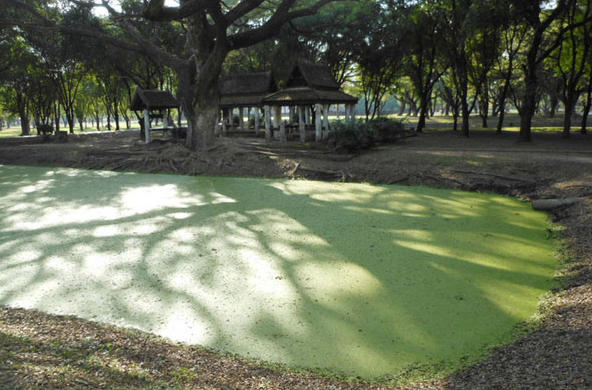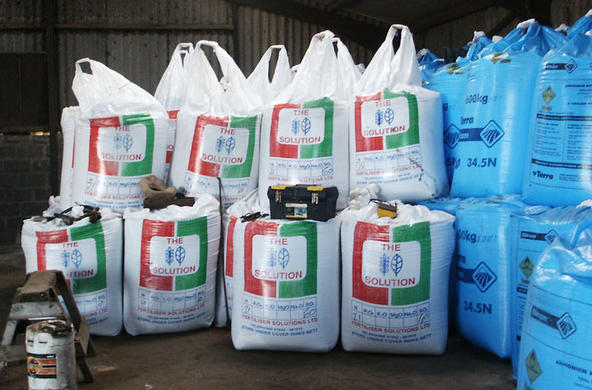I have confession to make. In these waning days of summer, there is nothing I like more than a thick juicy steak on the grill. Preferably something well marbled from the feedlots of Kansas. When I was younger I could easily put away a one pounder; I still can do fairly well at this.
Problem is: growing beef is one of the most environmentally damaging activities in agriculture. As the global demand for beef increases with increasing human affluence, the environment will suffer. Beef consumption is a good example of an unsustainable activity when it is pursued by 7 billion humans.
A life-cycle analysis that follows resource use from the conception to consumption of a beef cow shows that 28, 11 and 6 times more land, irrigation water, and nitrogen fertilizer are used (per calorie consumed) than for the average of other livestock categories—poultry, pork, eggs, and dairy. Most of these resources are used to grow plants fed to cattle. For animal-based foods in general, it takes about 4 kilocalories (kcal) of crop products to produce 1 kcal of consumable protein. Among the animal-based proteins, beef has the worst ratio. Globally, about 40% of calories captured by photosynthesis in croplands are used to feed livestock. Additional calories are used in the fossil fuels used to support crop growth—for example, diesel tractor fuel.
About 1800 gallons of water were required produce a one pound steak on your dinner plate. In the U.S., the provision of beef also accounts for about 45% of the use of phosphate fertilizers—a resource with limited global reserves. These are average values: beef from feedlots has greater impact than pasture-raised beef, but both categories have considerably more impact than the provision of other forms of protein. With global food demand expected to double by 2050, we will soon be growing more crops for livestock than for ourselves. The land-use itself will ensure that there is much less land for nature.
Short of eating endangered species, eating beef is probably the worst choice you can make vis-à-vis sustainability of the human enterprise on the planet. In terms of global warming, the decision whether or not to eat beef has the environmental impact equivalent to a decision to buy an SUV versus a fuel-efficient car. If you are serious about reducing your footprint on nature, beef is not what’s for dinner.
References
Eshel, G. and P.A. Martin. 2000. Diet, energy, and global warming. Earth Interactions 10: 1-17.
Eshel, G., A. Shepon, T. Markov, and R. Milo. 2014. Land, irrigation water, greenhouse gas, and reactive nitrogen burdens of meat, eggs, and dairy production in the United States. Proceedings of the National Academy of Sciences, US 11: 11996-12001.
Hoekstra, A.Y. and A.K. Chapagain. 2007. Water footprints of nations: Water use by people as a function of their consumption patterns. Water Resource Management 21: 35-48.
Metson, G.S., V.H. Smith, D.J. Cordell, D.A. Vaccari, J.J. Elser, and E.M. Bennett. 2014. Phosphorus as a key component of the resource demands for meat, eggs, and dairy production in the United States. Proceedings of the National Academy of Sciences, US 111: E4906-E4907.
Pierrebumbert, R. and G. Eshel. 2015. Climate impact of beef: an analysis condiering multiple time scales and production methods without use of global warming potentials. Environmental Research Letters doi: 10.1088/1748-9326/10/8/085002
Pradhan, P., M.K.B. Ludeke, D.E. Reusser and J.P. Kropp. 2013. Embodied crop calories in animal products. Environmental Research Letters 8: doi: 10.1088/1748-9326/8/4/044044
Stehfest, E., L. Bouwman, D.T. van vuuren, M.G.J. den Elzen, B. Eickhout, and P. Kabat. 2009. Climate benefits of changing diet. Climatic Change 95: 83-102.






